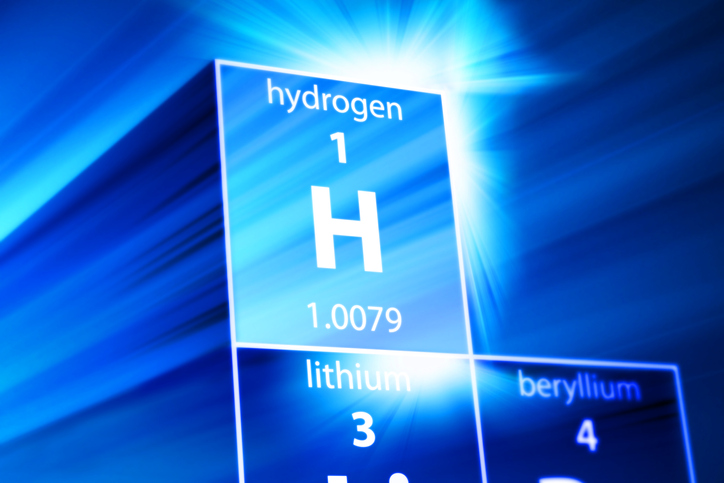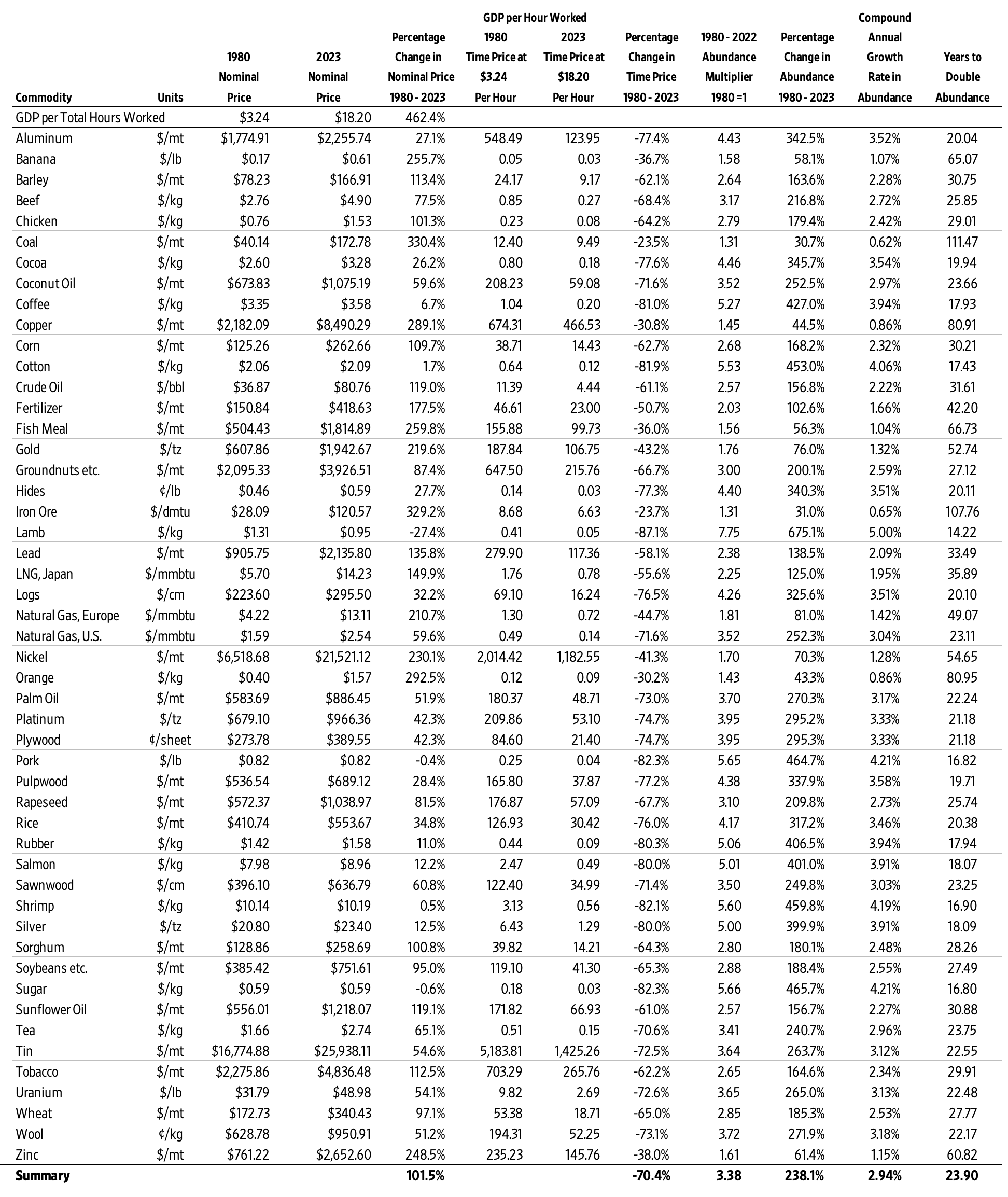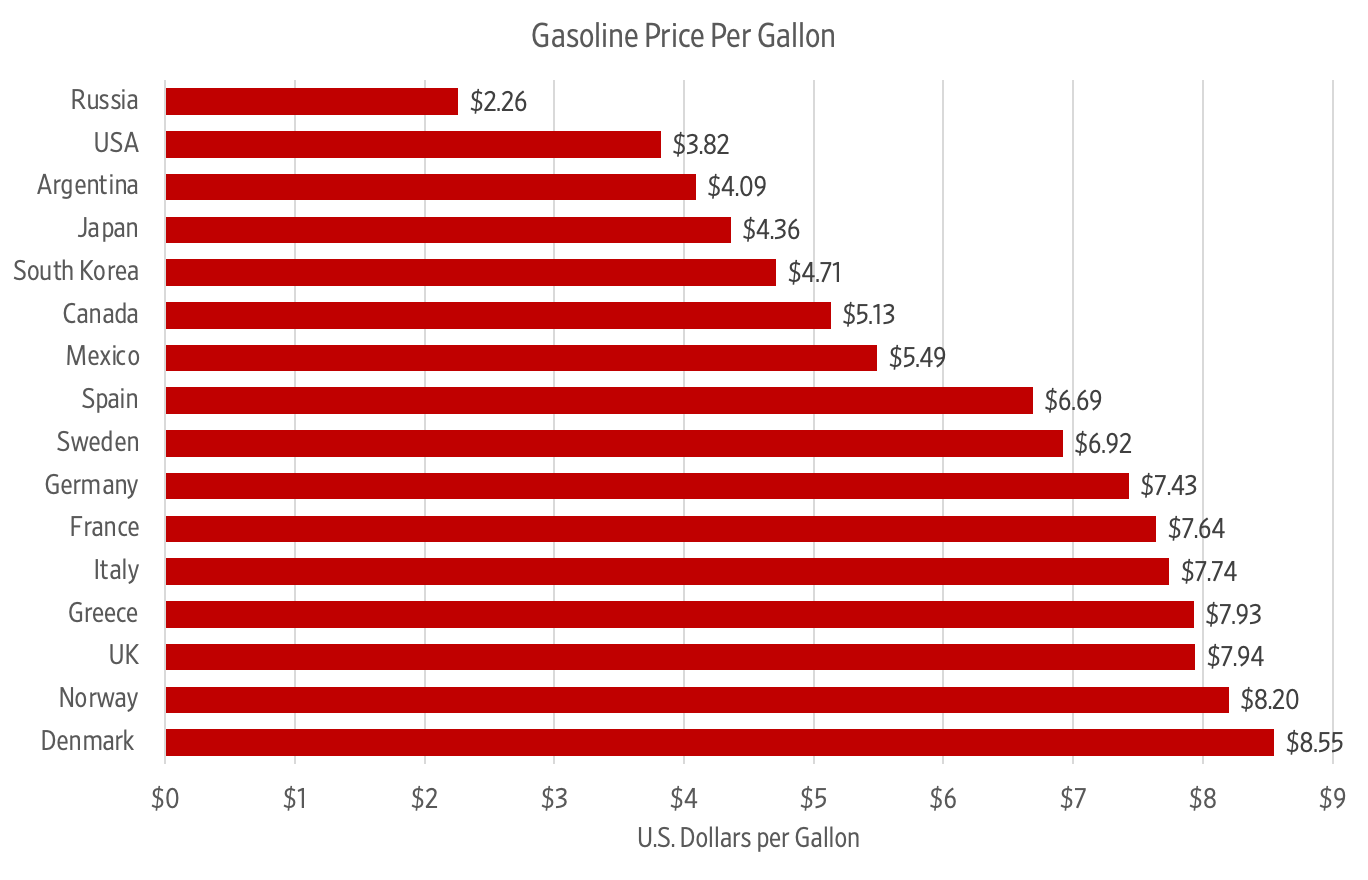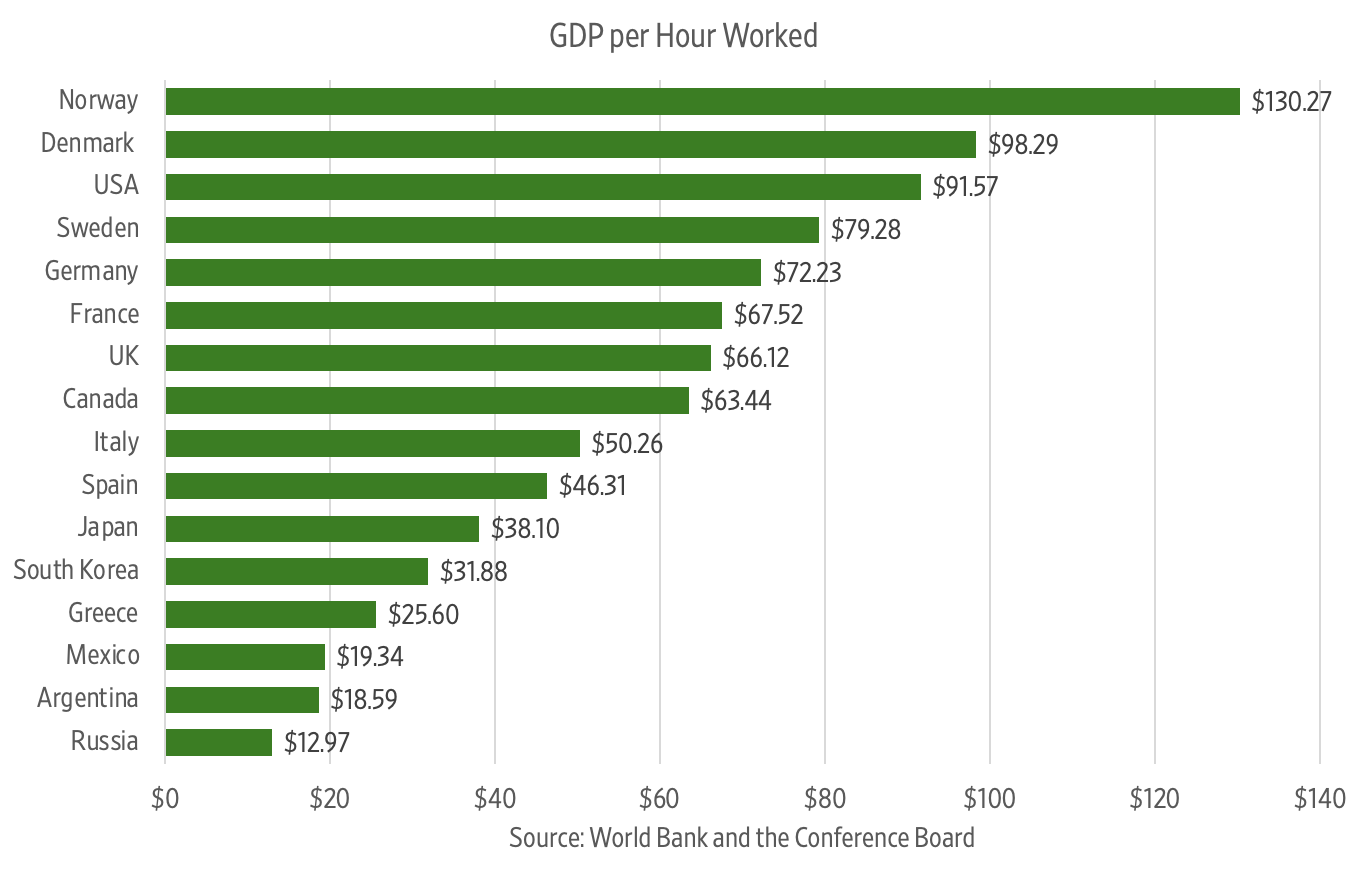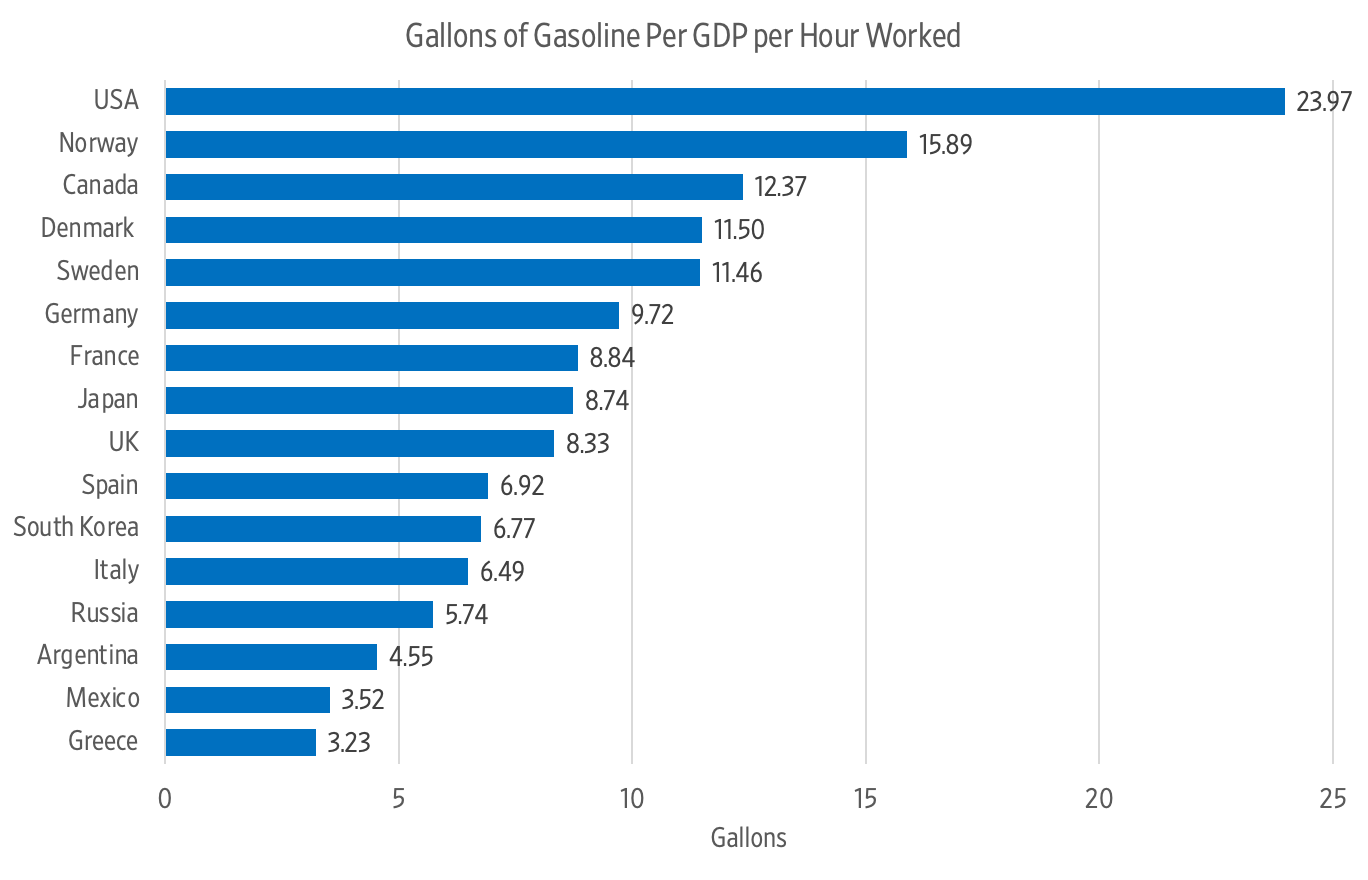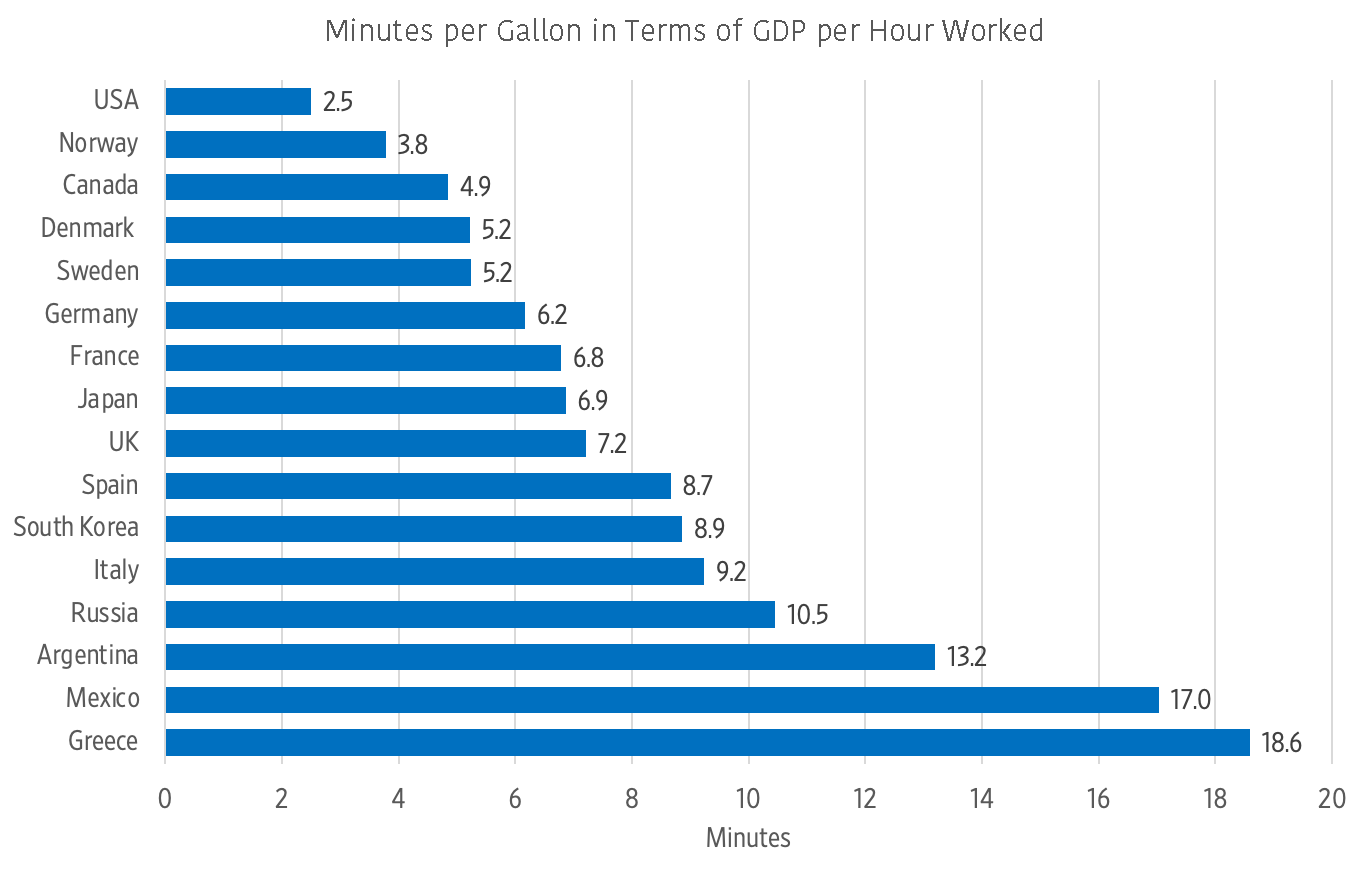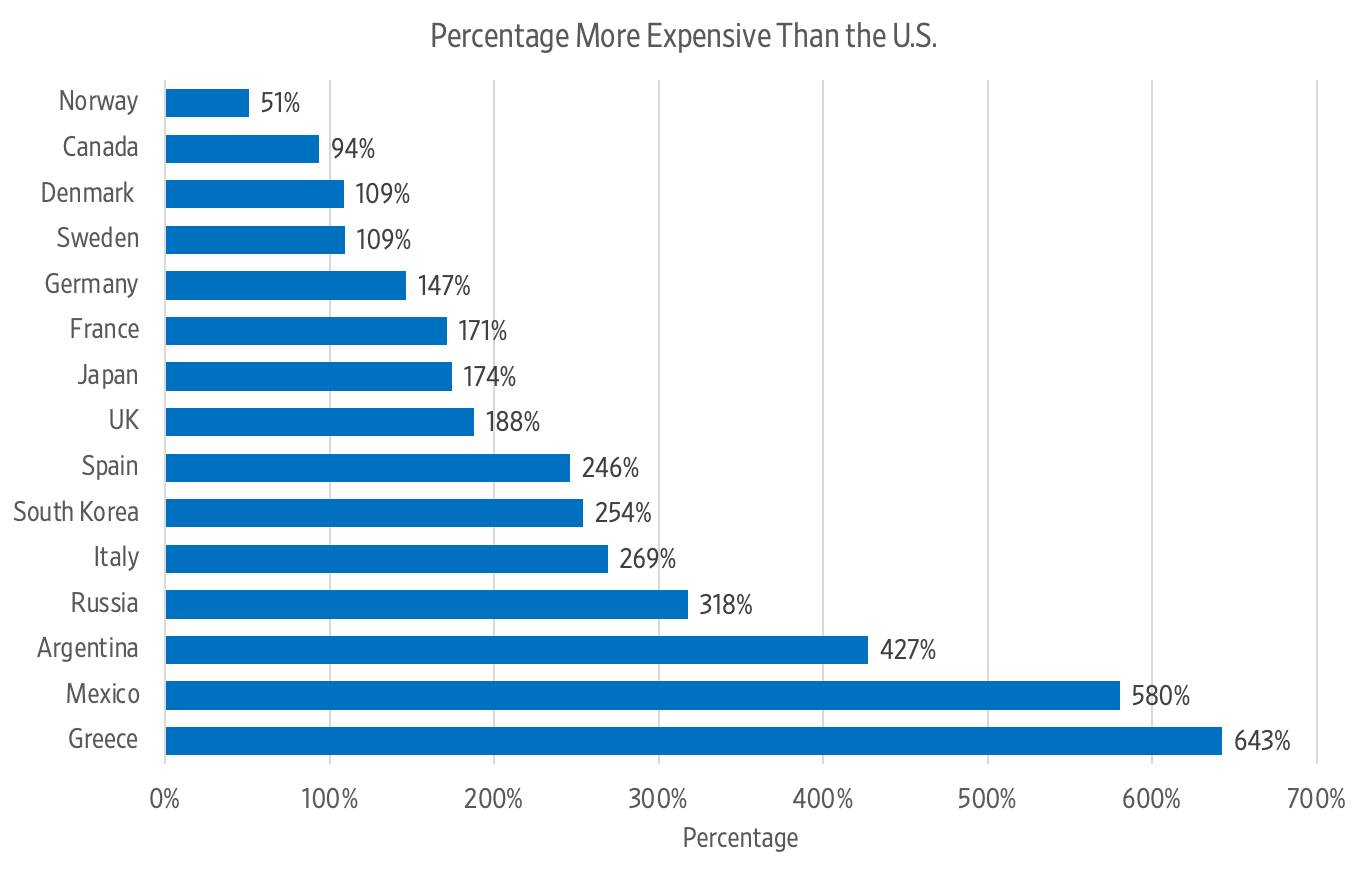For years, the prospect of using hydrogen as a readily available and clean energy source was not much more than a pipe dream. Now, further research and innovation are showing that it might turn into a reality sooner rather than later. Scientists have discovered ways to turn water into usable hydrogen by means of a process called electrolysis, which splits the hydrogen and oxygen elements of water using an electric current. A recent technological breakthrough that would vastly reduce hydrogen costs and improve the efficiency of its use could pave the way for humanity’s clean energy future.
What is hydrogen energy?
Hydrogen is a gas that, when burnt in a fuel cell alongside oxygen, produces both heat and electricity, with water as a byproduct. Most importantly, it burns clean, producing no carbon emissions or other forms of pollution. In fact, hydrogen holds the advantage over renewable sources of energy, such as wind and solar, because it produces high levels of heat that are necessary for industrial processes and cannot cost-effectively be provided by renewables.
What’s been the hold-up?
Unfortunately, hydrogen has faced two main barriers to widespread use and commercialization. First, despite being the most abundant natural element in the atmosphere, it isn’t found in sufficient quantities as a gas on Earth. Extracting hydrogen from methane or water has traditionally been very inefficient and required vast amounts of electricity at prohibitive costs, thus failing to make hydrogen competitive with other energy sources.
Second, hydrogen is both highly combustible and very inefficient to transport over long distances (i.e., tanks holding hydrogen would have to be prohibitively large). However, in the same way that natural gas is converted into liquified natural gas (LNG) for transportation purposes where pipelines are unavailable or inadequate (such as across oceans), recent research has shown that hydrogen could be turned into ammonia, which has an energy density three times higher and is far less flammable, potentially avoiding hydrogen disasters such as the explosion of the Hindenburg. Ammonia is already widely used for commercial purposes, such as in the petrochemical industry or agriculture, and the production and distribution infrastructure are already in place at scale.
What’s the hydrogen breakthrough?
First, as clean sources of energy are progressively becoming cheaper at scale, the cost of creating green hydrogen via electrolysis is going down. This process, requiring vast amounts of electricity, is increasingly being powered by renewables. For example, recent hydrogen projects at the universities of Newcastle and Iowa are deriving electricity from on-site solar panels, which then power the electrolytic process to create hydrogen.
Second, the most important recent innovation actually comes from the electrolytic process itself. Up until now, splitting hydrogen from water has required rare and expensive metals such as iridium, which can only withstand the electrolytic process for short periods of time. That is very inefficient, as the iridium often simply dissolves, making the hydrogen supply useless. However, a research team at the Monash School of Chemistry has developed a new electrode base with cheap and abundant metals capable of withstanding the electrolytic process required for industry-levels of hydrogen production. This discovery is potentially revolutionary, as it removes the largest cost and efficiency obstacle to the widespread commercialization of hydrogen as a clean energy source.
What does this mean for the planet?
Early chemical processes have relied on thermal energy in the form of natural gas to produce hydrogen, because electrolysis has been relatively cost-prohibitive. Indeed, 95 percent of current hydrogen production comes from natural gas. And while natural gas might still be a viable way to produce hydrogen cost-effectively, it does add the additional transaction cost of having to sequester the carbon dioxide that’s produced as a byproduct. The emerging hydrogen technologies first extract energy from the sun to then power the electrolysis of water. That means that hydrogen energy production from water and solar is theoretically infinitely renewable, as opposed to natural gas, which is theoretically limited in supply.
Moreover, because hydrogen burns cleanly, and the electricity used to kickstart that process increasingly comes from renewable sources, the potential for global emissions reductions is enormous. Transportation, industry, and buildings produce over half of the world’s yearly emissions. All of these sectors could realistically derive their energy from hydrogen power. Especially heavy industry, a fifth of all emissions, stands to gain from these new breakthroughs, as the extreme heat required to power the manufacture of steel, cement, or chemicals cannot cost-effectively be met by renewables alone. Using hydrogen for these processes would maintain the efficiency and cost-effectiveness of fossil fuels, minus the emissions. Without hydrogen, it is difficult to envision a world where renewables adequately address industrial emissions.
Where do we go from here?
Yet despite recent innovations, hydrogen is still quite expensive. Bloomberg currently priced it at around $2.50-4.50 per kilogram and estimates that hydrogen will need to drop to $1 to be cost-competitive. The good news is that innovation and human ingenuity are making significant inroads. The Hydrogen Council estimates that prices will fall by around 60 percent by 2030, mostly as a result of the innovations outlined in this article. Moreover, in addition to progress in the hydrogen electrolytic processes themselves, greater efficiency can be achieved by the expansion of renewable energy innovation, as well as the potential of abundant, cheap electricity from small modular reactors and nuclear fusion.
Encouragingly, the private sector is taking a massive interest in hydrogen. Most major industrial players around the world are investing into R&D, and some are even building their first plants, from NextEra in Florida to Toshiba in Fukushima, while ANT Energy Solutions is developing portable hydrogen electrolyzers in Australia. Increasingly, these corporations are achieving economies of scale and perfecting a technology that might well represent the future of energy.

